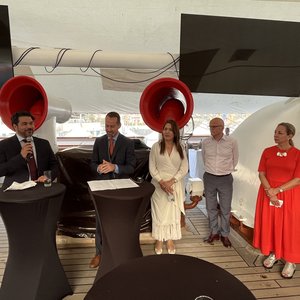Research conducted on early mortality syndrome (EMS) at a large integrated shrimp farm in Malaysia has indicated that the disease repeatedly manifests in ponds with an increase in pH to 8.5 to 8.8.
Conducted by Noriaki Akazawa, managing director of Agrobest Sdn. Bhd., with assistance from Kinki University and the National Research Institute of Aquaculture in Japan, the Ph.D. research is featured in an article in the upcoming July-August edition of the Global Aquaculture Advocate, the Global Aquaculture Alliance’s bimonthly magazine. The full research results are being prepared for publication in a peer-reviewed journal.
EMS, more technically known as Acute Hepatopancreatic Necrosis Syndrome (AHPNS), has had a significant impact on shrimp production in Southeast Asia. The research results are encouraging because they provide shrimp farmers with a tool to improve management of the disease in ponds.
The research was conducted at Agrobest Sdn. Bhd. farm in Pahang, Malaysia, which produces Pacific white shrimp and black tiger shrimp in 461 plastic-lined ponds. EMS first appeared at the farm in early January 2011 in five ponds stocked with postlarvae from the same hatchery about one month earlier. Within two months, the disease had spread throughout the farm. Typical mortality in the affected ponds was 70% to 80%, and all ages and sizes of shrimp were affected.
A review of water quality data from approximately 80 affected and unaffected ponds stocked during the same month indicated several water quality differences that were correlated with outbreaks. The researchers then conducted replicated aquarium trials with controlled levels of various parameters. These tests confirmed that the disease repeatedly regressed at lower pH (around 7) and manifested at higher pH (8.5 to 8.8). Survival rates in Agrobest ponds have greatly improved with management of pH to avoid the zone of EMS susceptibility.
These findings come about six weeks after a research team led by Dr. Donald Lightner at the University of Arizona reported that EMS is caused by a bacterial agent. Lightner’s research will also be featured in the July-August edition of the Advocate.










